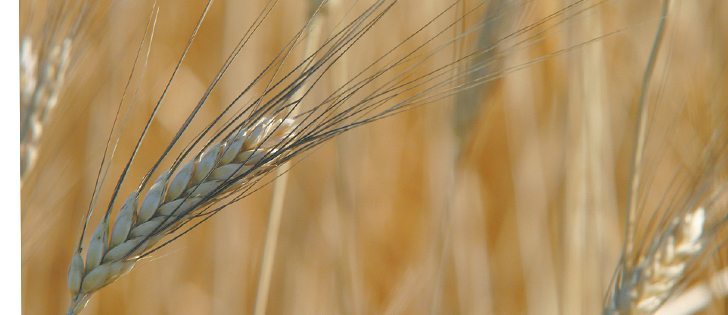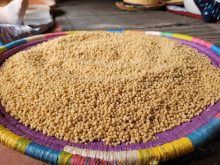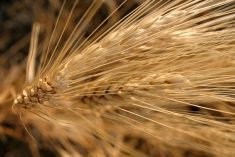The 2013 U.S. durum crop will be much smaller than last year’s, according to government estimates and comments from industry officials.
The U.S. Department of Agriculture is forecasting 1.75 million acres, down 18 percent from last year.
Douglas Opland, president of the U.S. Durum Growers Association, thinks it could be smaller than that based on conversations he has had with fellow board members.
“We went around the table and asked, and everybody is going to seed less. That would give us kind of a concern. I mean, guys that are on the board are going to seed less. That’s a big concern,” he said.
Read Also

Critical growing season is ahead for soybeans
What the weather turns out to be in the United States is going to have a significant impact on Canadian producers’ prices
Opland has heard the same thing from growers he talked to at winter farm shows. They’re either going to seed less durum or none at all.
Durum is being squeezed out of traditional growing regions such as North Dakota by corn, soybeans and canola.
Durum was a critically important crop in the region when Opland started farming with his father near Minot, N.D.
“That’s all he raised, was durum. That’s all I knew,” Opland said.
These days, Opland grows corn, soybeans, sunflowers, canola, wheat and barley. He planted 500 acres of durum last year and still has a lot of it sitting in the bin because of disappointing prices.
“I don’t know if I’m going to seed any this year, other than just for new seed for next year. It’s not going to be too many acres,” he said.
The only saving grace for durum is that its crop insurance price is about $1 per bu. higher than spring wheat, so if it remains dry in western North Dakota, growers may plant durum for crop insurance reasons.
Erica Olson, marketing specialist with the North Dakota Wheat Commission, said durum is having a tough time competing. U.S. durum prices are similar to spring wheat. There are slight premiums now and then, but nowhere near the 60 cents to $1 per bushel that growers need to plant a crop that is riskier to grow than wheat.
Millers have ample supplies and exports have been lackluster in 2012-13 because of slumping de-mand from North Africa.
Most analysts thought U.S. plantings would remain around the 2.1 million acre range, but Olson wasn’t surprised by the USDA’s estimate.
“For our state alone, it will be dropped about 200,000 acres, and that was definitely in line with what we were expecting,” she said.
It means a smaller U.S. harvest, considering desert durum in Arizona and California is down about 90,000 acres.
Olson was surprised by Statistics Canada’s forecast for 4.7 million acres of Canadian durum, which would be slightly more than last year.
Another bearish factor to consider is the North African harvest, which starts this month. A USDA report says crop conditions in the cereal growing region of Northwest Africa are good despite a dry start to the crop year.
Widespread rain arrived during the critical green-up stage of crop development in mid-March. High vegetation index values have been recorded in Morocco, the largest grain producer in North Africa, which is often a sign of a “healthy and vigorous crop.”
World Weather Inc. calls the growing conditions in North Africa “nearly ideal.”
A good North African crop would limit export demand for the upcoming North American durum crop.
Olson said Europe’s crop is also looking fairly good and should be similar to last year.


















